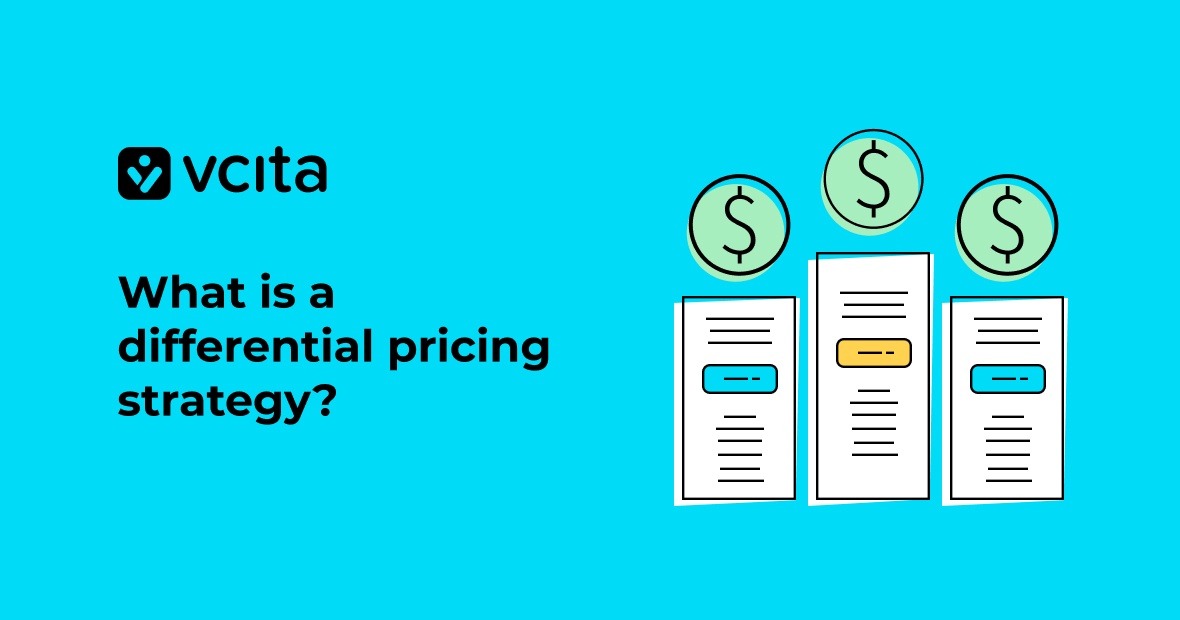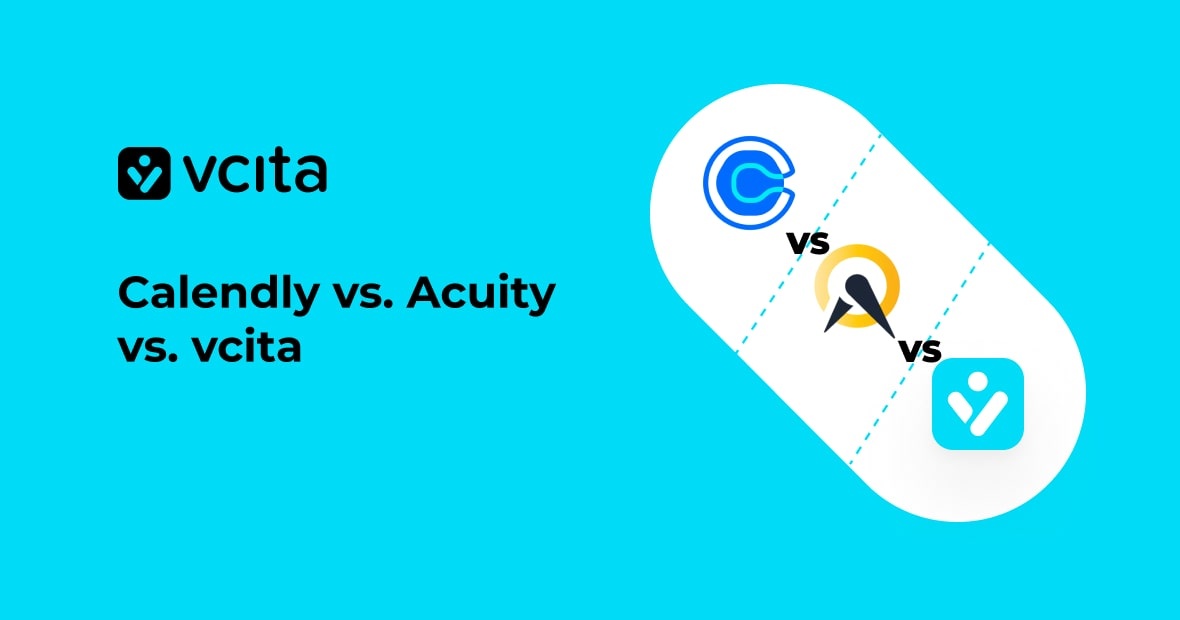If you’re using a one-size-fits-all pricing strategy, you could be leaving money on the table. Consider adopting differential pricing, also known as dynamic pricing, which allows you to set different prices for the same product based on market conditions and the perceived value to different customer segments.
Implementing a differential pricing strategy could be the key to unlocking new revenue and maximizing profits for your business. We’ll discuss what differential pricing is, its benefits, and how small businesses can use it to boost income.
What is differential pricing and why it matters for small businesses
Differential pricing, also known as dynamic pricing, means setting different prices for the same product based on factors like location, time of purchase, and customer attributes. The key is finding the right combination of differential pricing strategies based on your market conditions and customer attributes.
For small business owners, implementing a differential pricing strategy can help them adapt to market dynamics, improve profitability, and cater to diverse customer needs more effectively. Differential pricing enables small businesses to remain competitive by adjusting prices to meet specific market demands or customer preferences, which attracts different consumer segments with varying price sensitivities.
By optimizing prices without compromising profit margins, dynamic pricing can improve overall financial performance. It also fosters customer loyalty and satisfaction by offering personalized pricing options, which can strengthen relationships and encourage repeat business.
6 types of differential pricing strategies
There are several types of differential pricing strategies. You’ll need to work out which one is the best fit for your business, based on your business goals, audience, and market conditions. Here are the main differential pricing strategies for you to consider.
Market penetration pricing
Use lower prices to reach a large number of customers quickly by offering steep discounts or low introductory pricing to gain market share. This works well for new products or businesses that are entering new markets.
Psychological pricing
Pricing goods at price points that seem more affordable to customers, like $9.99 instead of $10. Setting prices that end in 5, 9 or 99 cents can take advantage of customers’ perceptions and their tendencies to view these prices as being significantly lower than round figures..
Perceived value pricing
Setting higher prices for products and services based primarily on customer perceptions of value and quality rather than the actual costs of production or the amount of work involved. Customers are willing to pay more for products they believe have a higher value or quality.
Location-based pricing
You can set higher prices for customers in affluent locations, and offer discounts for those in lower-income areas. This location-based pricing approach helps capture more of the perceived value to customers in each market.
Time-based pricing
Charging more during peak periods of demand and less during off-peak times is a common differential pricing model. For example, increasing prices for your product or service on weekends and evenings, and decreasing them during weekdays. Time-based pricing also helps balance supply and demand.
Customer attribute pricing
You can set price points based on characteristics like purchase history, price sensitivity, and ability to pay. Offering loyalty discounts and special offers to repeat customers is one example. Another is charging premium prices to customers who value your offering more, known as perceived value pricing.
How to set prices and offer discounts based on market conditions
To implement a differential pricing strategy, start with a single product line before expanding to your full range of goods and services. Monitor how customers respond to the price variations and be ready to make changes to stay competitive. Price management is key.
A successful differential pricing strategy requires careful planning and execution. The key is finding the right balance for your business, so you need to approach it strategically and dedicate plenty of time to research and preparation. To set the right prices that maximize profits, you need to fully understand your customers and the market within which you operate. Here are some tips to help you implement an effective differential pricing strategy.
-
Segment your customers
The core of differential pricing is offering various price points for the same item to different customer segments, but first you need to identify those segments. Thoroughly research factors like purchase history, location, seasonal activity, demographics, and buying power.
-
Provide perceived value
The type of differential pricing you use depends on the perceived value of your product. Luxury or specialty goods can command higher prices using perceived value pricing, while basic necessities may require competitive or discounted pricing. Enhance perceived value and justify higher price points by bundling products or services together or offering exclusive add-ons.
-
Determine your price points
Conduct market research to find the range of prices customers will accept for your product. Set prices at multiple points within that range to match the segments you identified. For example, offer lower market penetration pricing for budget-conscious customers, and higher prices for those looking for exclusivity. Aim for 3 to 5 price points to start with, and for just one product or service line. You can always adjust as needed based on demand and market conditions.
-
Monitor the market
Stay on top of trends in your industry and geographic region, and track metrics like changes in costs of living, demand for your products, and competitors’ pricing. When demand is strong and supply is limited, you can increase prices, but when demand softens, you may need to lower prices to stimulate sales. Be ready to adjust your pricing strategy accordingly.
Keep an eye on competitor prices for similar products so you can make strategic adjustments. You may need to lower prices temporarily using market penetration pricing to gain new customers, or raise prices if competitors are undervaluing. But price matching or discounting in response to competitors can damage your profit margins, so proceed cautiously.
-
Offer discounts and promotions
Discounts and promotions are an easy way to adjust your prices to current market conditions. You can offer temporary price cuts, coupons, or bundle deals to boost sales during slow periods or reach new customers, or offer discounts for loyal customers and higher prices for new ones. But avoid discounting too frequently, as it can damage your brand in the long run and reduce overall profits.
The types of discounts you offer will depend on your differential pricing strategy. For example, with psychological pricing, you might drop prices just below a whole number, like $9.99. For perceived value pricing, bundle a high-value product with a lower-value product at a discount.
-
Update prices regularly
A dynamic pricing strategy means frequently updating your prices based on real-time data to optimize profits. An effective differential pricing strategy requires ongoing review and management. You may need to revise prices up or down to find the optimal balance of revenue and profit generation for your business. Look for opportunities to adapt prices to more closely match each segment’s perceived value. Small, frequent changes are less likely to upset customers than sudden, drastic price hikes, especially for seasonal products or services.
-
Prevent price variations
Make sure price variations for the same product don’t lead to customer confusion or arbitrage, where people buy at a lower price and resell at a higher price. You may need to limit discounts to certain customer segments or time periods. Clearly communicate your pricing strategy to avoid perceptions of unfairness.
Different pricing could revitalize your profits
So there you have it, a practical guide to implementing a differential pricing strategy for your small business. By setting different prices for the same product based on market conditions and consumer willingness to pay, you can increase profits and gain market share. Differential pricing gives you the flexibility to charge higher prices when you can and lower prices when needed to match the competition. The key is finding the right price points and price variations for your target customers. With some experimenting, you’ll be well on your way to strengthening your market position and maximizing profits.




























